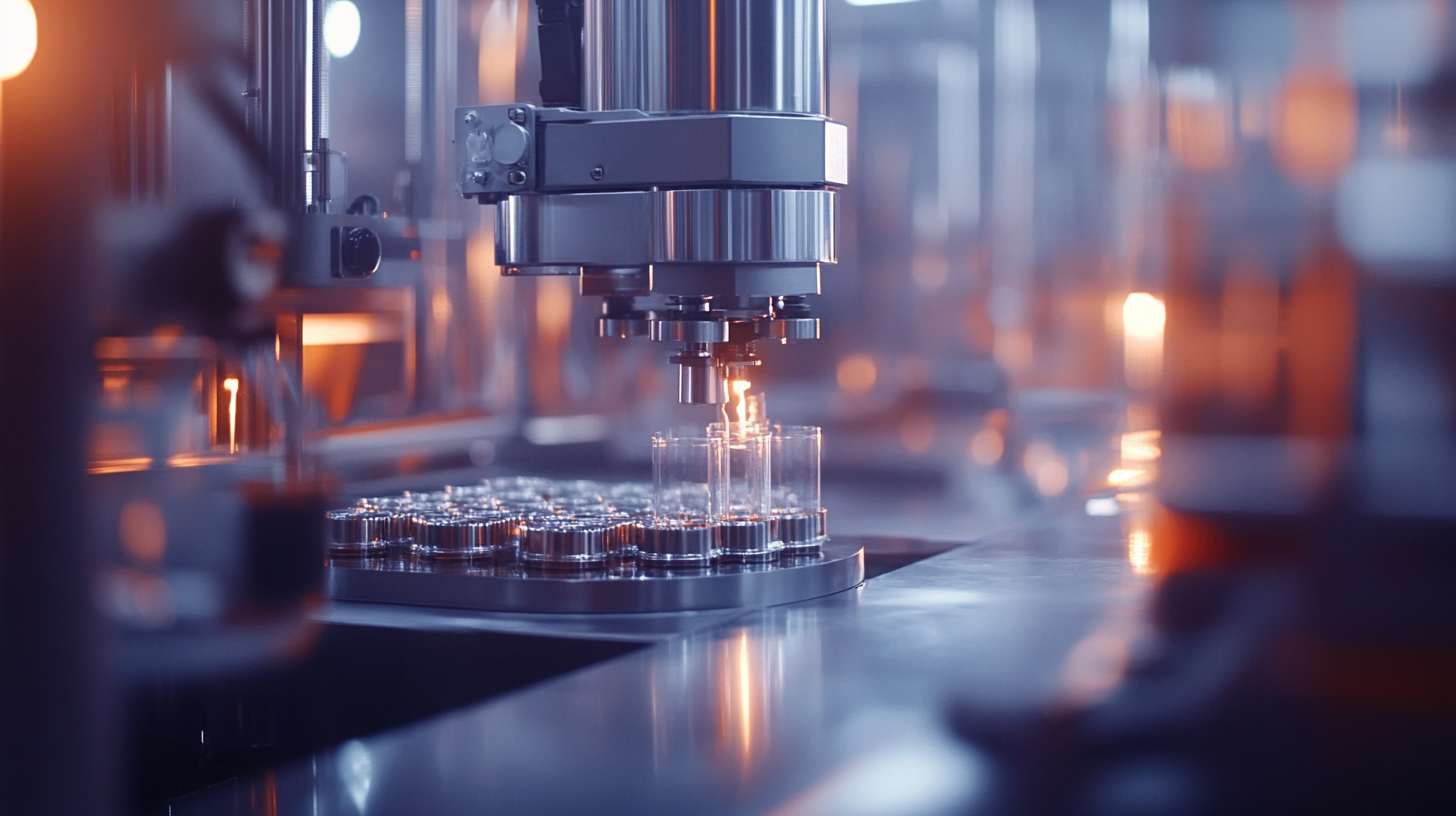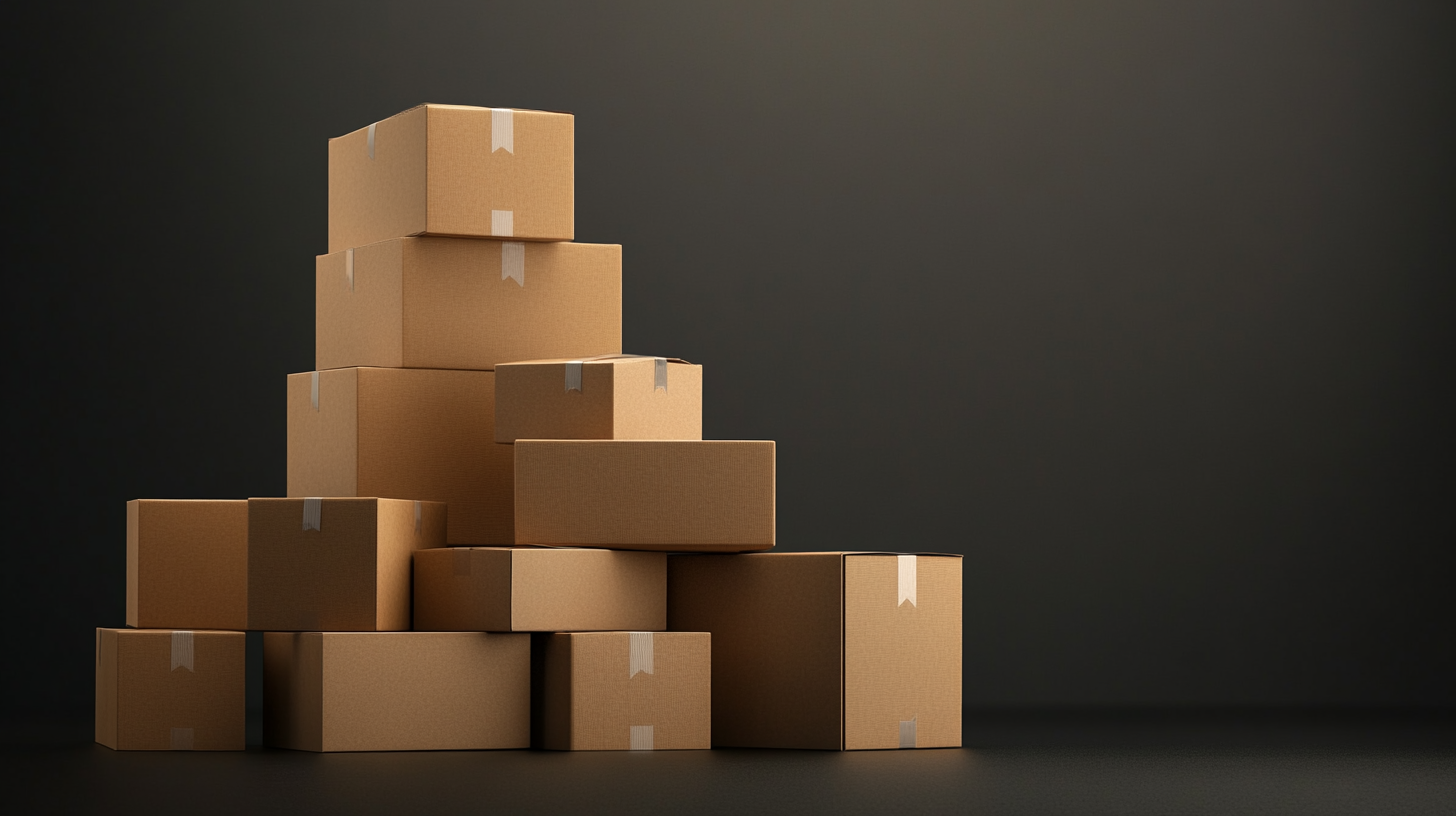How to Choose the Best Packaging Machinery for Your Business Needs
In today's fast-paced industrial landscape, selecting the right Packaging Machinery is pivotal for businesses aiming to enhance efficiency and meet consumer demands. According to a recent report by the Freedonia Group, the global demand for packaging machinery is expected to reach $50 billion by 2024, driven primarily by the rising consumption of packaged goods across various sectors. Efficiency in packaging not only affects the speed of production but also influences the overall operational costs, making it a critical component for companies looking to maintain competitiveness in their industries.
Moreover, a study published by MarketsandMarkets indicates that the packaging machinery market is projected to witness a compound annual growth rate (CAGR) of 4.1% from 2019 to 2024. This growth is fueled by advancements in technology, the shift towards automation, and the increasing emphasis on sustainability in packaging solutions. Therefore, businesses must carefully evaluate their unique needs—factoring in production volumes, types of products, and budget constraints—to choose the best Packaging Machinery that aligns with their strategic goals and enhances their market position.

Identifying Your Packaging Requirements: A Step-by-Step Guide
When it comes to selecting the right packaging machinery for your business, understanding your specific packaging requirements is essential. This step-by-step guide will help you navigate the complexities involved in the selection process, ensuring that you make informed decisions that align with your operational needs. Start by conducting a thorough analysis of your products. Consider factors such as size, weight, and fragility, as these will significantly influence the type of packaging machinery you require. For example, if you are dealing with delicate items, you may need a machine that provides gentle handling options. Additionally, assessing your production volume will help you determine the required speed and efficiency of the machinery. Once you have a clear understanding of your product specifications, it’s crucial to explore the various types of packaging machinery available on the market. Familiarize yourself with different options, including automated vs. manual packaging machines, and the technologies they incorporate. Evaluating factors like ease of use, maintenance requirements, and integration with existing production processes will further refine your choices. Lastly, don’t overlook the importance of regulatory compliance, especially if your packaging involves environmental considerations or specific labeling requirements. Ensuring that your machinery meets relevant standards will not only prevent potential legal issues but also enhance your brand’s reputation.

Understanding Different Types of Packaging Machinery Available
When selecting the best packaging machinery for your business needs, it is essential to understand the various types of packaging machinery available in the market. Different machinery is designed for specific packaging functions, materials, and industries, making it crucial for businesses to identify their unique requirements before making a purchase.
One type of packaging machinery is the liquid packaging equipment, which is projected to see significant growth due to the increasing demand for packaged beverages. This equipment caters to the precise filling and sealing of liquid goods, making it a vital component for businesses in the beverage industry. Meanwhile, the food packaging machinery sector is also thriving, driven by a growing consumer appetite for convenience and ready-to-eat food products. With a projected CAGR exceeding 7.3% from 2025 to 2034, investing in modern food packaging equipment can provide businesses with a competitive edge.
In addition to food and beverage sectors, there is a notable increase in demand for packaging machinery in pharmaceuticals. As the pharmaceutical industry increasingly shifts towards automation and efficiency, investing in the right machinery can enhance productivity while ensuring compliance with stringent regulations. From automated filling systems to advanced labeling technology, businesses must remain informed about the latest advancements in pharmaceutical packaging machinery to meet evolving market demands effectively.

Evaluating the Scalability and Flexibility of Packaging Solutions
When selecting packaging machinery for your business, evaluating the scalability and flexibility of your chosen solutions is crucial for long-term success. According to a report by Smithers Pira, the global packaging machinery market is projected to reach $50 billion by 2024, emphasizing the importance of investing in equipment that can grow with your operations. Scalable packaging solutions allow companies to adapt to changing market demands without significant overhauls to their production lines, ensuring they remain competitive.
Flexibility in packaging machinery is also essential, especially in industries where product lines frequently change. A study by MarketsandMarkets indicates that adaptable packaging systems can reduce time-to-market by 20-30%, enabling firms to better respond to consumer trends and preferences. For instance, modular machinery designs can accommodate various packaging types and sizes, facilitating quick adjustments between different products, which is increasingly important in today's fast-paced market environment.
Moreover, businesses should consider long-term growth projections when evaluating packaging options. A 2021 report from Allied Market Research highlights that companies with scalable packaging processes are better equipped to handle fluctuations in demand, reinforcing the idea that investment in flexible machinery is not just a trend but a strategic necessity. As you assess potential packaging solutions, prioritize technologies that offer both scalability and flexibility to secure a sustainable competitive edge.

Key Features to Consider When Choosing Packaging Equipment
When selecting packaging machinery for your business, it’s essential to consider several key features that can significantly impact operational efficiency and product integrity. One of the primary aspects to evaluate is the flexibility of the equipment. In today's fast-paced market, especially in the pharmaceutical sector, machinery must accommodate various product sizes and formats. This adaptability is crucial for managing extensive product lines and ensuring compliance with stringent industry requirements.
Another important feature to consider is the technology integration of the machinery. Modern packaging equipment often incorporates innovative solutions that enhance productivity and reduce downtime. For instance, machinery with user-friendly interfaces can streamline operations and facilitate easier training for employees. Additionally, advancements in monitoring systems can provide real-time data, enabling businesses to make informed decisions quickly and maintain consistent quality standards.
It's also vital to evaluate the equipment's ability to improve safety for both employees and products. With recent innovations aimed at enhancing operational efficiency, packaging machinery should prioritize safety features that protect workers while minimizing the risk of contamination or product damage. The choice of reliable equipment not only boosts your operational efficiency but also reinforces your commitment to delivering quality products to your customers, which is ultimately key to business success.
Budget Considerations: Balancing Cost and Quality in Packaging Machinery
When choosing packaging machinery for your business, balancing cost and quality is crucial, especially in an environment where market demand for efficiency and precision is on the rise. The projected growth of the packaging automation market to $52.2 billion by 2032 highlights the increasing importance of robotics and AI in enhancing production processes. As businesses look toward adopting advanced packaging solutions, understanding where to allocate your budget becomes essential.
Investing in high-quality machinery can lead to significant cost savings over time. While the initial expenditure may be higher, efficient machines typically require less maintenance and offer increased reliability, which can reduce downtime and elevate productivity levels. For example, advancements in packaging technology not only streamline operations but also lower labor costs, making it a financially sound choice for businesses aiming to grow in competitive markets.
However, it's important to conduct thorough research and consider the total cost of ownership, including operational costs and potential upgrades in the future. Effective cost modeling can help businesses understand the long-term benefits of investing in higher-quality machinery, ensuring that they make informed decisions that align with their strategic goals. By strategically balancing quality with budgetary constraints, companies can enhance their packaging operations and ultimately their overall competitiveness in the market.

